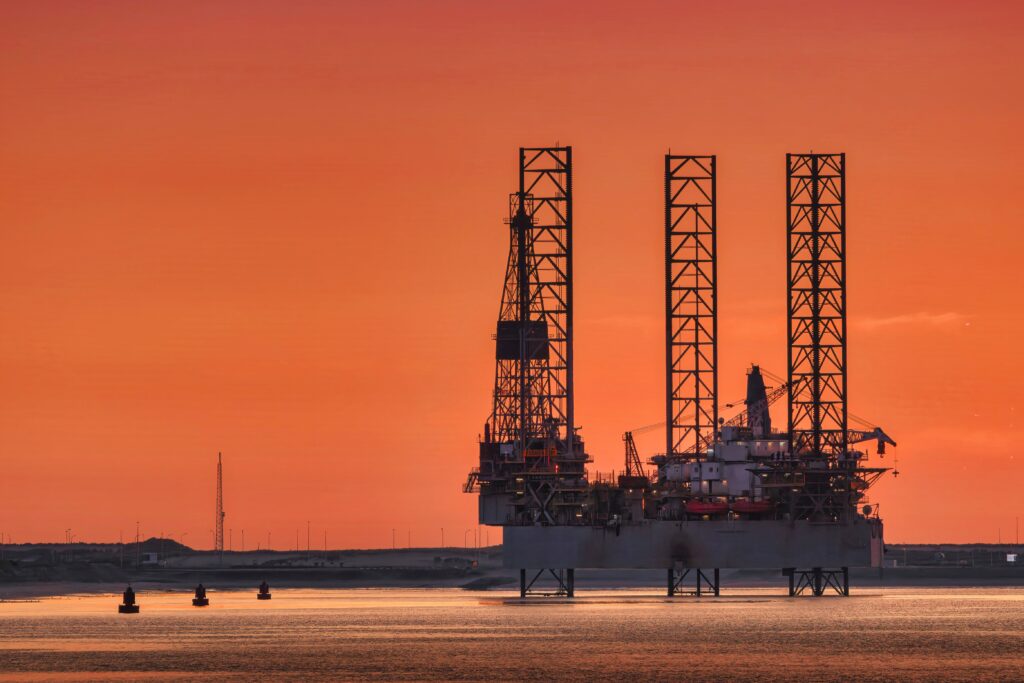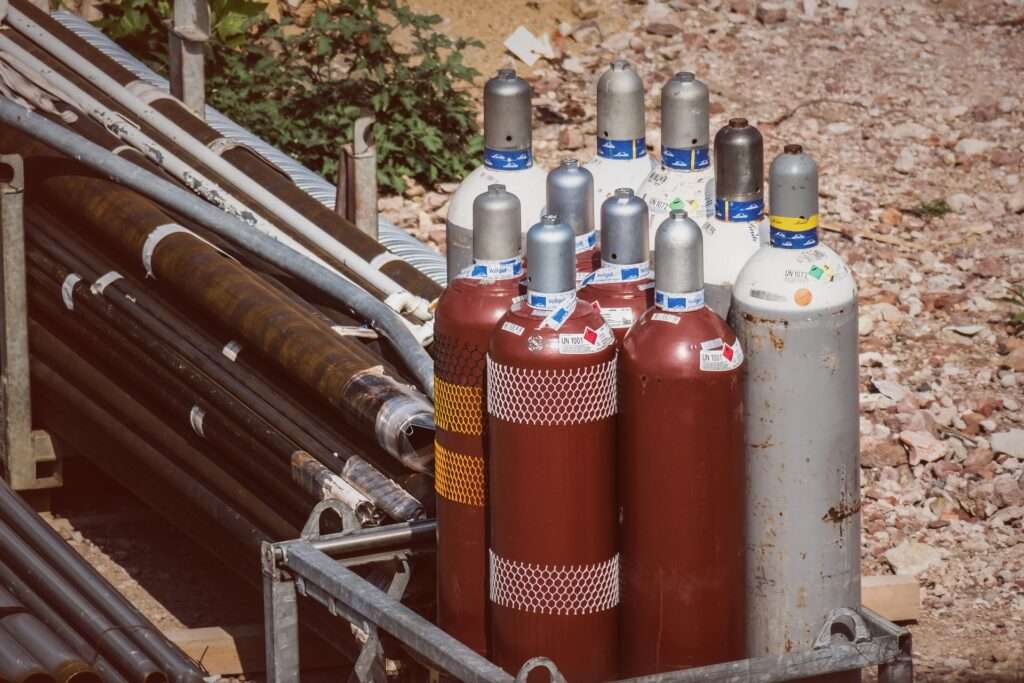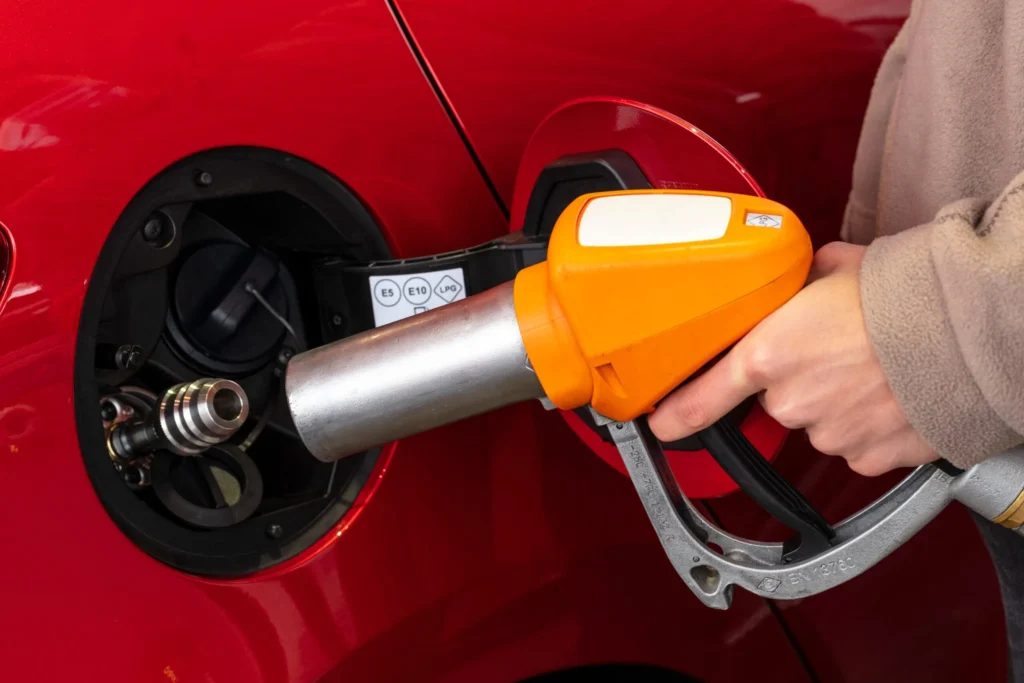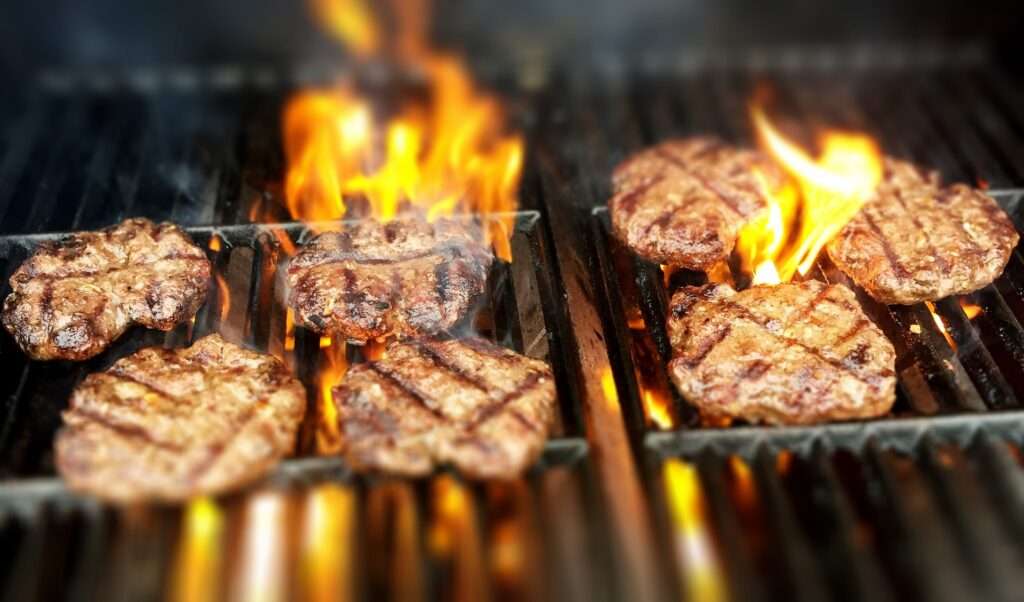Extracting Liquefied Petroleum Gas (LPG) is a fascinating process that involves a combination of geological exploration, drilling techniques, and refining methods. Throughout history, humans have utilized various techniques to harness the power of LPG, a valuable source of relatively clean and efficient energy. In this blog, we will explore the origins of LPG extraction, delving into some historical examples and discussing future trends in this industry.
Origins of LPG
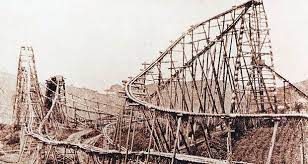
The practice of extracting LPG can be traced back to ancient civilizations that discovered the natural occurrence of hydrocarbon gases. One of the earliest known instances of utilizing these gases dates back to some regions of ancient China around the 5th century BC, where bamboo pipelines were used to transport natural gas from seeps to convert seawater into normal water. Although the ancient Chinese did not specifically extract LPG, this practice laid the groundwork for future developments in the field.
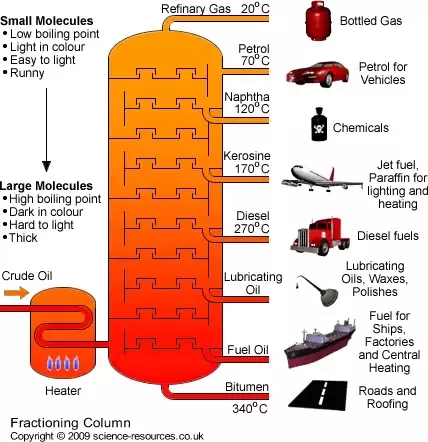
As the demand for LPG continued to grow, advancements in technology and refining processes further refined the extraction methods. In the mid-20th century, the advent of fractional distillation made it possible to separate the different components of crude oil and natural gas, including LPG. This process involved heating the hydrocarbon mixture and condensing the vapors at various temperatures, leading to the isolation of LPG.
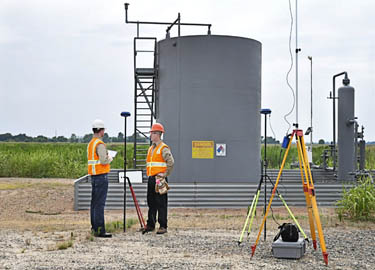
Over the years, LPG extraction has become a highly sophisticated process. Modern techniques involve a combination of geological surveys, seismic imaging, and drilling methods. Geological surveys help identify potential hydrocarbon-rich areas, while seismic imaging uses sound waves to create detailed images of the subsurface, allowing engineers to locate and target LPG reservoirs.
Once a potential LPG reservoir is identified, drilling operations commence. Drilling rigs, equipped with powerful drill bits and sophisticated machinery, bore into the earth’s crust to reach the reservoir. Specialized drilling techniques, such as directional drilling, enable engineers to reach remote or complex reservoirs.
Upon reaching the reservoir, the LPG is extracted through a wellhead and transported to a processing facility. At the processing facility, the LPG undergoes a series of treatments, including separation, purification, and liquefaction. Separation involves removing impurities and separating LPG from other hydrocarbons. Purification processes remove contaminants, ensuring the LPG meets quality standards. Finally, the liquefaction process involves cooling the LPG to extremely low temperatures, converting it into a liquid state for ease of transportation and storage.
Future of LPG Extraction
The future of LPG extraction holds exciting possibilities as the world grapples with transitioning to cleaner and more sustainable energy sources. While the demand for LPG is expected to remain significant in the coming years, there are several trends that are shaping the future of LPG extraction.
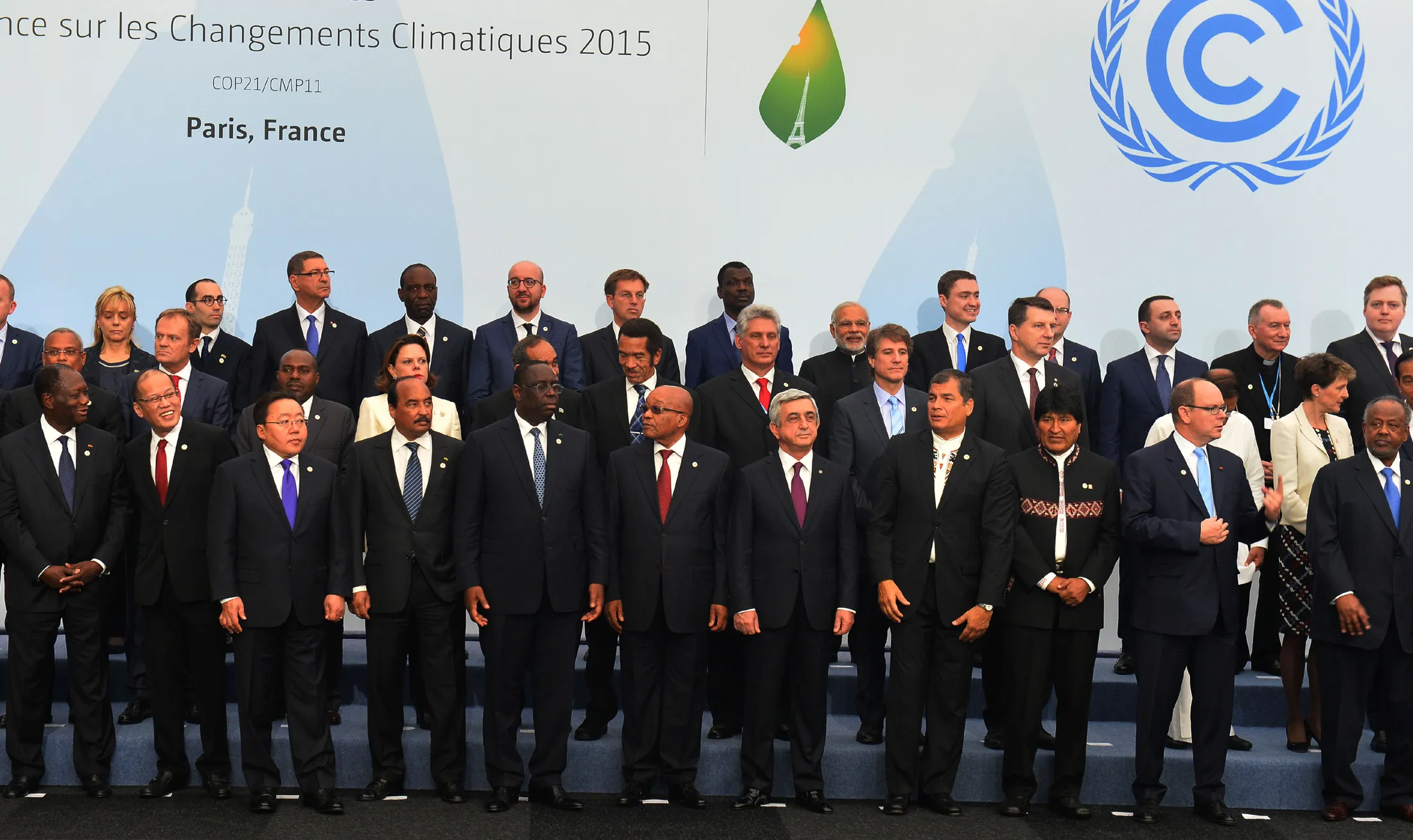
1) Shifting Energy Landscape: As countries and industries strive to reduce their carbon footprint and meet climate change goals set forth by the Paris Agreement in 2015 which almost all nations signed, there is an increasing focus on the search for renewable energy sources. This shift towards renewables, such as solar and wind power, may impact the demand for LPG in the long term. However, LPG still plays a vital role as a transitional fuel, offering a cleaner alternative to more carbon-intensive fossil fuels like coal and oil.
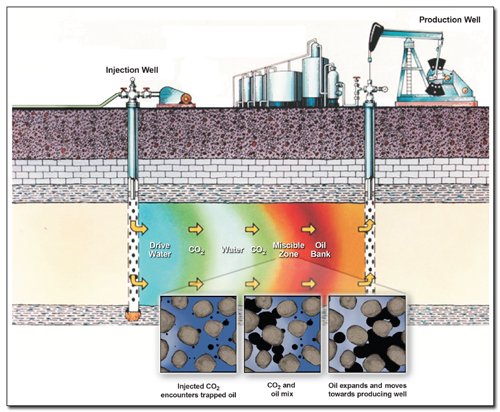
2) Enhanced Oil Recovery (EOR) Techniques: One emerging trend in oil and LPG extraction is the utilization of enhanced oil recovery techniques to extract 30 to 60% of a reservoir’s oil compared to 20 to 40% from previous methods. EOR techniques involve gas injections, thermal injections, or chemical injections into mature oil fields to stimulate production and increase the recovery of associated oil and other by-products. Methods such as carbon dioxide injection, steam flooding, and chemical flooding are being employed to maximize oil extraction and capture additional LPG in the process.
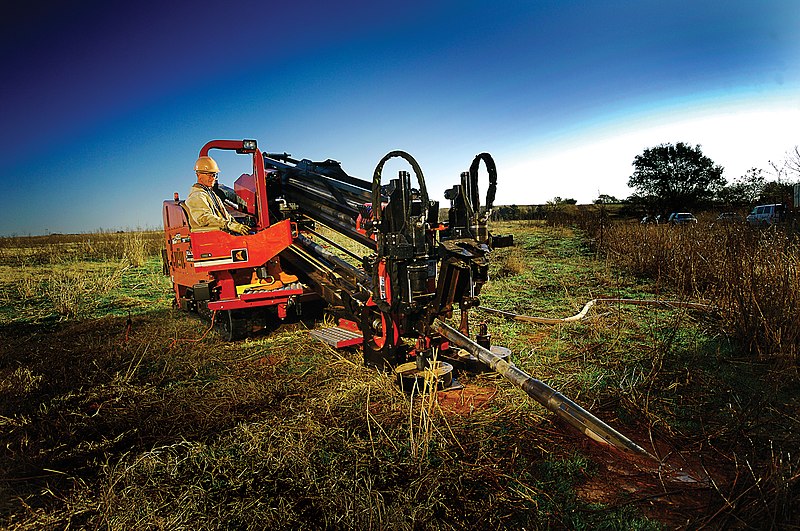
3) Technological Advancements: Advances in technology are revolutionizing the LPG extraction process, making it more efficient and environmentally friendly. For instance, advancements in drilling techniques, such as directional drilling and hydraulic fracturing (commonly known as fracking), allow for the extraction of LPG from previously inaccessible or unconventional sources. These techniques help optimize production and minimize environmental impact.

4) LPG as a Clean Cooking Fuel: In many parts of the world, traditional cooking methods using solid fuels like wood, coal, or biomass pose health and environmental challenges. LPG is increasingly being recognized as a cleaner alternative for cooking, particularly in developing countries. Governments and organizations are implementing initiatives to promote the use of LPG for domestic cooking, driving the demand for LPG extraction.
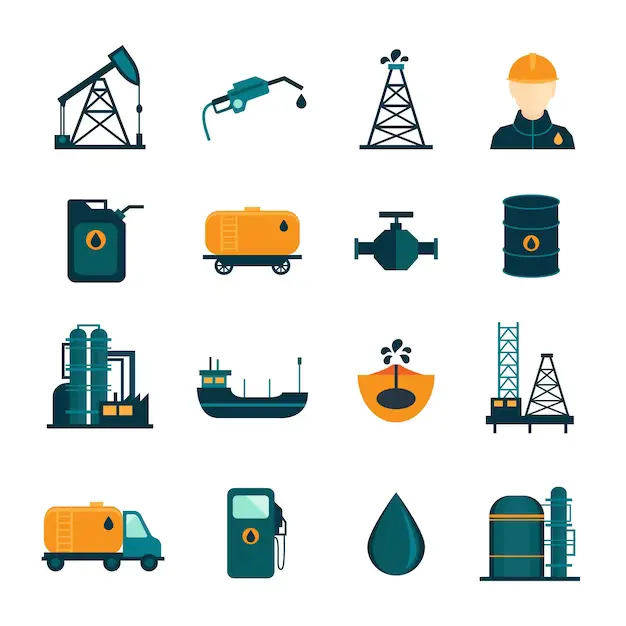
5) Infrastructure Development: The expansion of LPG extraction is closely linked to the development of infrastructure for its storage, transportation, and distribution. Building a robust infrastructure network, including storage facilities, pipelines, and distribution channels, is crucial for meeting the growing demand for LPG in various sectors. Investments in infrastructure will play a vital role in ensuring a reliable and efficient supply chain for LPG.
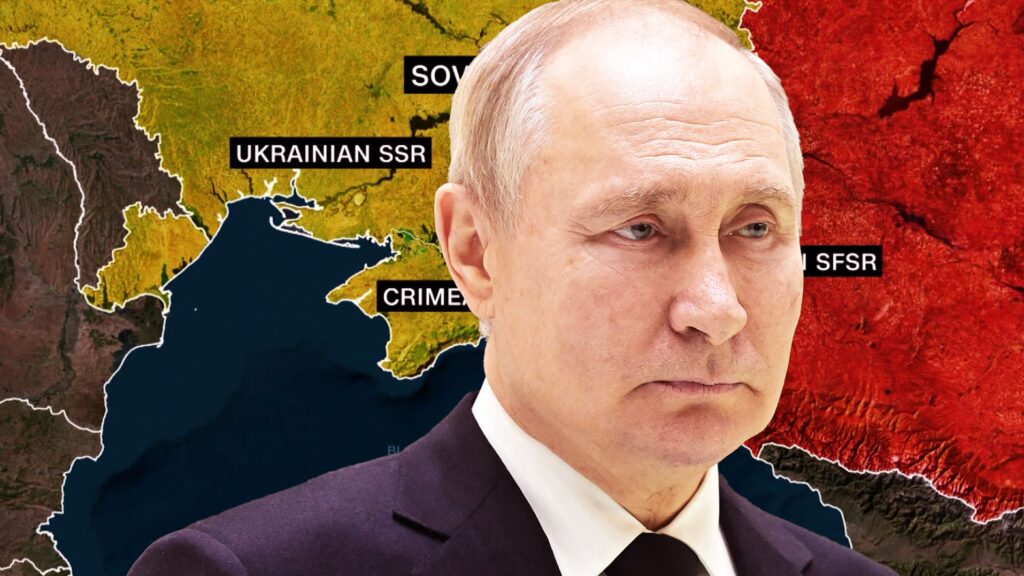
6) Global Market Dynamics: The global LPG market is influenced by factors such as geopolitical dynamics, economic trends, and policy decisions. Due to the recent invasion of Ukraine by Russia and the embargo on Russia the oil trade has been slowed down, which also impacts LPG availability in the world. Due to this transition and development towards cleaner sources of energy like solar energy, wind energy, geothermal energy, etc. will happen at a higher rate.
In conclusion, the future of LPG extraction is shaped by the need for cleaner energy sources, technological advancements, and shifting market dynamics. While the world moves towards renewable energy alternatives, LPG continues to serve as a valuable transitional fuel. Innovations in extraction techniques, the utilization of enhanced oil recovery methods, and the promotion of LPG for cooking purposes are driving future trends in LPG extraction. By embracing these trends, the industry can contribute to a more sustainable energy landscape while meeting the growing global demand for reliable and cleaner energy sources.

